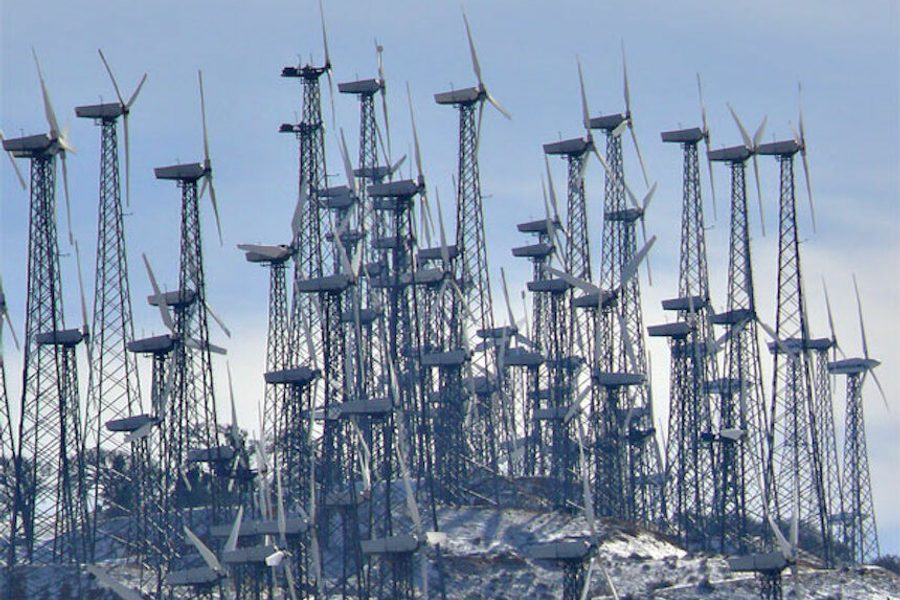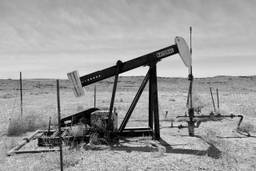
Something big is missing from our public debates about industrial wind turbines on our ridgelines. It’s something never talked about in testimony to the Legislature or at legal hearings on the subject. It’s almost as if it’s a forbidden topic. Yet it’s one of the most important things in our lives. Love. In this case, love of the land.
In our social and legal systems, we usually treat land as a collection of values or a bundle of rights. By such thinking, the land has no inherent value beyond its use to us. It possesses “natural resources,” commodities really. Even Act 250 works on this principle, with its eight criteria (wildlife habitat, water, aesthetics, etc.) that must be considered in development proposals; the basic tenet being that if you protect the parts, you protect the whole.
But land is more than an assemblage of parts, more than a bunch of resources. By analogy, the Sistine Chapel is not just the addition of all the pigments in Michelangelo’s paint, the arms and legs of the figures, the vault of the ceiling. A giant redwood is not just its bark, trunk, needles and majestic form. You could put a McDonald’s in the Sistine Chapel and it wouldn’t hurt the physical place; you could put an advertisement atop a redwood and it would still live. It’s not about what we can do, but what we should. It’s about sanctity.
The land is part of our cultural memory, our physical foundation, our personal identity. It’s what we grow to love from birth and carry with us into death. “Love of the land” is real if it can’t be quantified. It’s one of the most basic and universal of all feelings, whether for a place we played in as children, the environs of our homes, our communities, or our countries. People go to war because of it, give up their lives for it. It’s been the driving force behind some of the great conservation efforts of all time: the Grand Canyon, the Everglades, Cape Cod National Seashore and many others.
Vermont’s Green Mountains surround us. We’re always looking up to them. They’re on our car license plates, in songs and poems, in names of businesses, even part of our National Guard. They reflect our self-image and our pride. They’re symbols of something enduring in our temporal presence, which we love for what they are and what they represent.
Many feel that damage to a beloved physical environment is as hurtful as damage to oneself, and the loss just as keen. In his book Arctic Dreams, Barry Lopez writes: “It is easy to underestimate the power of long-term association with the land, not just with a specific spot but with the span of it in memory and imagination. … For some people, what they are is not finished at the skin, but continues with the reach of the senses out into the land. If the land is summarily disfigured or reorganized, it causes them psychological pain. Again, such people are attached to the land as if by luminous fibers; and they live in a kind of time that is not of the moment but, in concert with memory, extensive, measured by a lifetime. To cut these fibers causes not only pain but a sense of dislocation.”
Understandably perhaps, out of a sense of urgency about global climate change, many seem prepared to sacrifice our ridgelines at the altar of energy. An unfortunate but necessary action, we are told, to grapple with the world’s most immense problem. But I agree with Jonathan Franzen in his recent essay (“Carbon capture,” The New Yorker, April 6):
As long as mitigating climate change trumps all other environmental concerns, no landscape on earth is safe. Like globalism, climatism alienates. … Only an appreciation of nature as a collection of specific threatened habitats, rather than as an abstract thing that is ‘dying,’ can avert the complete denaturing of the world. … We can dam every river and blight every landscape with biofuel agriculture, solar farms and wind turbines, to buy some extra years of moderated warming. Or we can settle for a shorter life of higher quality, protecting the areas where wild animals and plants are hanging on, at the cost of slightly hastening the human catastrophe. One advantage of the latter approach is that, if a miracle cure like fusion energy should come along, there might still be some intact ecosystems for it to save.
I cannot put away my sadness over loss of our ridgelines to enormous turbines by assurances that they are there with the best of engineering, or that the science is okay with them, or that the legal precepts over ownership and use of land say it must be so, or that future energy needs demand them. Those are rationales of the mind when, for me, it’s about heart and feeling. It’s also a matter of ethics: What the land means to us spiritually and morally, not just materially, and what the land is, in and of itself.




